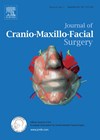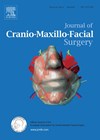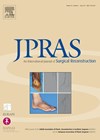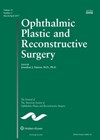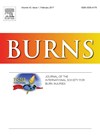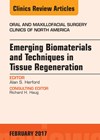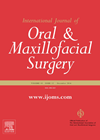
Journal Reviews archive for 2017
Non-hormonal treatment options during the menopause
The author gives a comprehensive overview of prescribed treatment alternatives to hormone replacement therapy (HRT), discussing lifestyle, diet, alternative therapies, patient support and nurse education. The author argues that treatments for the symptoms of menopause are complex and that nurse...
Being Ex-PLISSIT
The author advocates that aesthetic nurses are potentially well placed to offer patients the opportunity to engage in conversations relating to intimate visible differences, proposing the use of an EX-PLISSIT model of interaction (Davis & Taylor, 2006). This is a...
Lower facial rejuvenation
The author outlines the anatomical changes of the lower face in meticulous detail, supported by current literature, and accurately describes the senescent skeletal and deep fat compartment changes of the mid face and how these can impact on the presentation...
Non-medical prescribing within the context of aesthetic practice
The article forms part of a series as a detailed discussion of the legal and professional considerations and boundaries for non-medical prescribing for aesthetic nurses. The history of nurse-prescribing is explored, highlighting the professional accountability outlined by the Nursing and...
Reconstruction with scapular tip following hemi-maxillectomy and rehabilitation with dental implants
Post ablative defects in the maxilla can be extremely complex, involve all three dimensions and result in significant morbidity. Rehabilitation is fraught with difficulties, and a number of options are available, such as an obturator or surgical reconstruction with a...
Inferior alveolar nerve (IAN) recovery after ORIF fractured mandible
Mandibular fractures are quite common facial injuries, but aetiology varies with country and age. Common treatment options are open reduction and internal fixation via an intra oral or extra oral incision. Nerve injury or dysfunction is often seen preoperatively and...
Treating laryngeal and hypopharyngeal cancers with pharyngolaryngectomy
The debate amongst head and neck surgeons, as to whether a skin flap or enteric flap offers superior outcomes in pharyngeal reconstruction, still rumbles on. The evidence pool is very shallow, even accounting for the so-called ‘landmark’ papers that swung...
Myopathic ptosis and lower lid retraction surgery
This is a description of a surgical technique which simultaneously addresses both the upper lid ptosis and lower lid retraction in patients with moderate to severe myopathic ptosis. The procedure was performed on 16 eyes of nine patients and involved...
Utility and outcomes of hydroxocobalamin use in smoke inhalation patients
The authors propose to investigate the usefulness of the routine administration of hydroxocobalamin in burns patients who are suspected to have an inhalational component to their injury. Mention is made of the important fact that no previous published literature has...
Albumin administration for fluid resuscitation in burn patients
The authors propose to investigate the ongoing controversy and debate surrounding the use of albumin in burns resuscitation; specifically they mention that the study is not investigating the use of albumin to correct hypoalbuminaemia. Mention is made of previously conducted...
Basic principles of bioengineering and regeneration
The ability to create de novo tissue to replace that removed from patients during surgery is a relatively recent advance. However, this is a fast-moving field and one which surgeons must be aware of from practical, ethical and scientific viewpoints....
Surgery for class III malocclusions pharyngeal airway and sleep apnoea effects
Thirty-three patients from Brazil were assessed for obstructive sleep apnoea and hypopnoea syndrome pre- and six months postoperatively. The 33 patients were made up of nine having mandibular set back surgery, six maxillary advancement and 18 bi-maxillary surgery. They identified...




